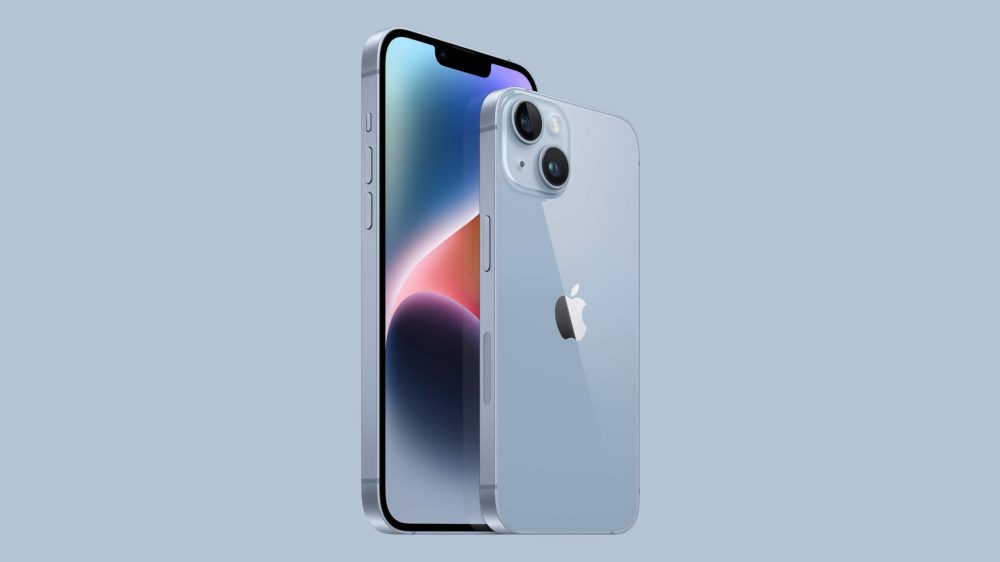
Apple may be paying the price for being too confident regarding the regular iPhone 14 models. According to analyst Ming-Chi Kuo, the iPhone 14 and 14 Plus versions are selling worse than the iPhone 13 mini and iPhone SE 3 – both phones that had disappointing sales when their pre-orders started. On the other hand, the redesigned iPhone 14 Pro Max is selling better than its predecessor.
In a social media post, the Apple analyst, based on the delivery time of the company’s online stores in major markets, says that the regular models of the iPhone 14 have a “bad” result compared to the iPhone 13 series. On the other hand, Apple is seeing iPhone 14 Pro Max pre-order results as “good” and “neutral” about the Pro version.
It’s unclear whether Apple will increase the Pro models shipment forecast, but the likelihood of iPhone 14 and 14 Plus (accounting for about 45% of the overall iPhone 14 shipments) cutting orders is growing.
Suggest investors watch Pro models’ major beneficiaries recently, who may beat seasonality in 1Q23 thanks to more shipment allocation of Pro models and higher component prices. Revenue from the iPhone business will likely start to decline significantly in September or October for suppliers who are not the major beneficiaries of Pro models.
Kuo says that while may be difficult to find an iPhone 14 Pro or 14 Pro Max in stock on launch day, customers will easily find the regular models as the way “it stands now, the pre-order [for these models] is worse than iPhone SE 3 and iPhone 13 mini.”

While customers gave a clear message to Apple that they didn’t want another mini phone, it seems they also don’t want a Plus model with fewer changes. Kuo states that “Apple’s product segmentation strategy for standard models failed this year.”
The analyst gives one last tidbit about how iPhone 14 Pro and 14 Pro Max will keep selling and how the regular models can be a good option in the long run:
Based on the current pre-order result, strong demand for the iPhone 14 Pro models will likely last until at least November. But suppose Apple doesn’t increase iPhone Pro orders afterward. In that case, the potential order cut of iPhone 14 and 14 Plus could offset Apple’s revenue growth from a better iPhone product mix (iPhone ASP increase) in late 4Q22 or 1Q23.
9to5Mac’s Take
While it’s still a bit too soon to say whether Apple failed or not in its iPhone strategy for 2022, it’s important to take note that analysts usually expect more from the Cupertino company than other smartphone makers.
A previous report said iPhone SE 3 would be responsible for turning a billion Android users into switchers. While the model hasn’t been a success in the US, it was responsible for strong iPhone sales in Europe.
In addition, other markets are more interested in bigger phones without all the premium features, meaning the iPhone 14 Plus has a ton of space to keep growing during the next few quarters.
Even so, it’s important to note that Apple risked a lot by not providing too much differentiation between the previous generation and the current regular models.
Which iPhone model did you pre-order? Share your thoughts in the comment section below.
Author: José Adorno
Source: 9TO5Google



